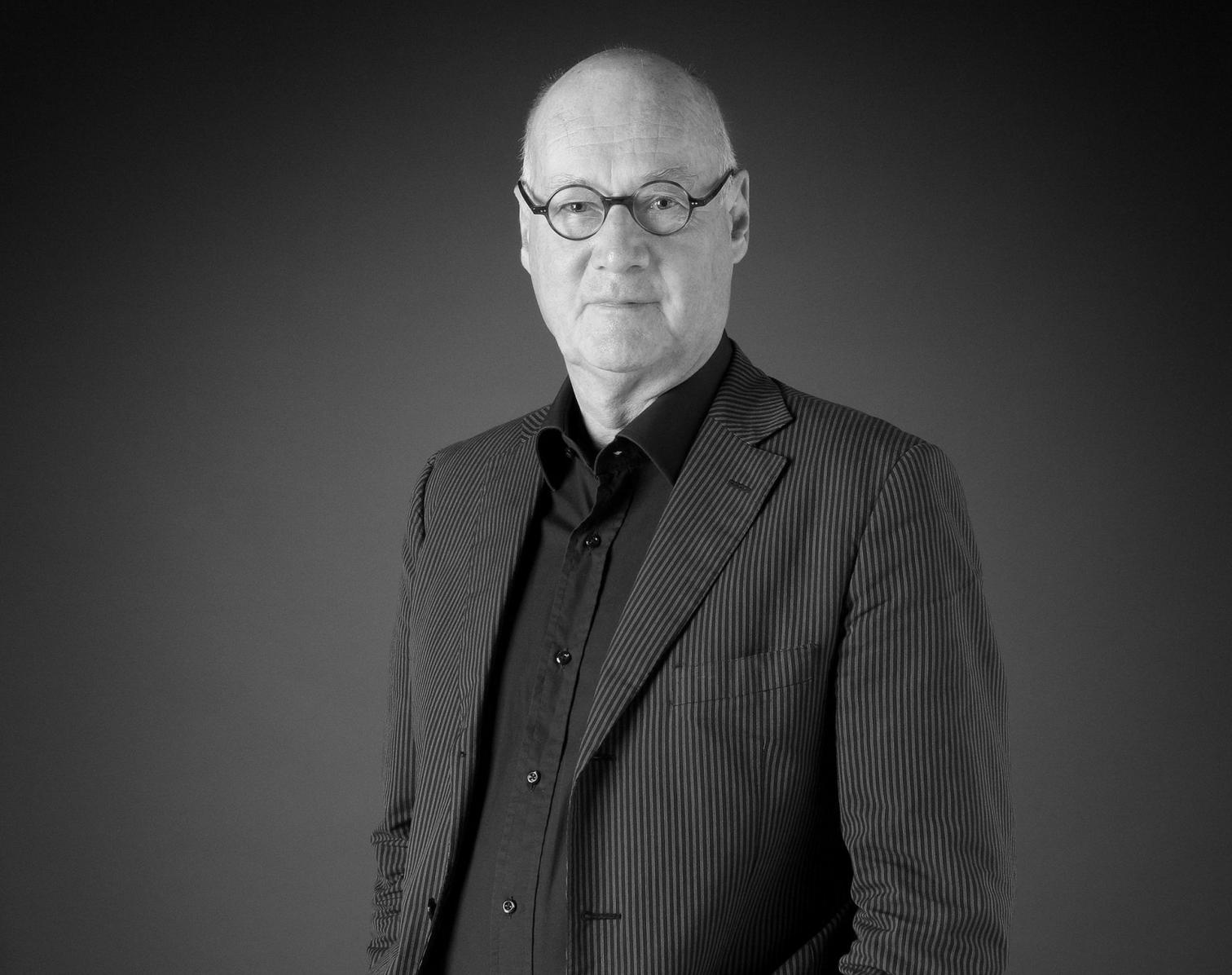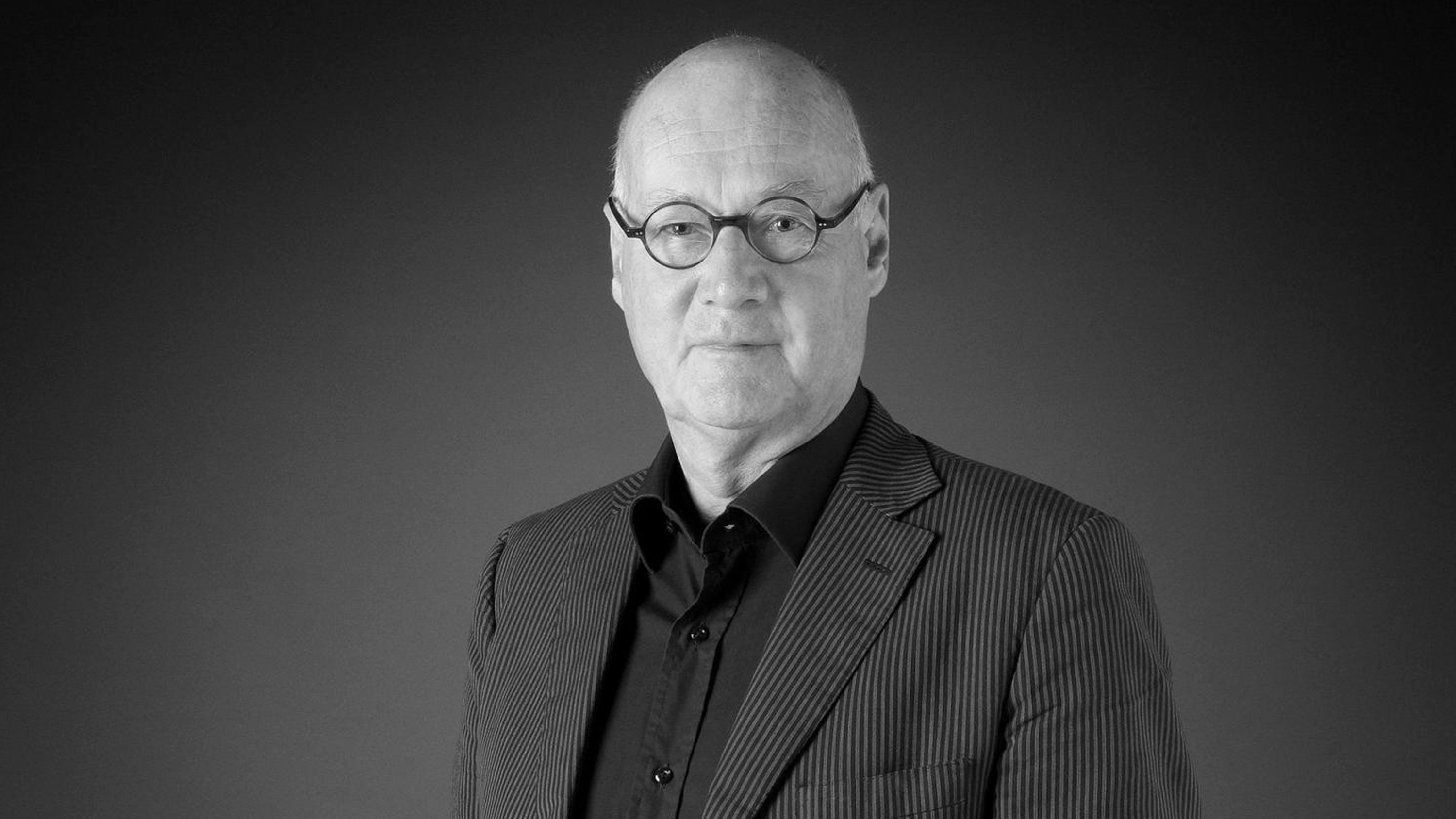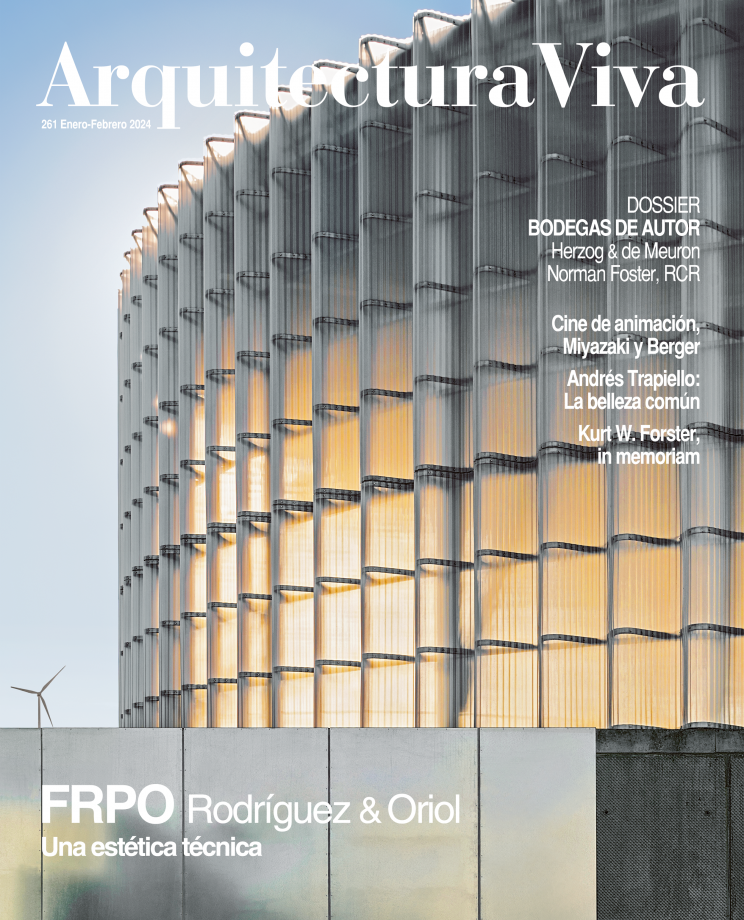
Photo courtesy of CCA
Balancing on the diving board of his pool while addressing Getty Center scholars during a farewell dinner in the summer of 1990. That is how I wish to remember Kurt Walter Forster, the great Swiss architectural historian who died on 6 January in his New York home. That theatrical ‘performance’ in Los Angeles that held us in awe as much of his fluid oratory as of his daredevil stunt captures in a nutshell an intellectual journey that walked with aplomb on the rope that ties Renaissance erudition to contemporary avant-gardes. The funambulist was born in Zurich in 1935 and his training as a historian in Berlin and Munich gave him a familiarity with Alberti, Palladio, and his beloved Giulio Romano that he honed in Italy and developed as a professor at Yale (1960-67) and Stanford (1967-82) Universities, but his intimate knowledge of Renaissance architecture did not keep him from looking upon 20th-century buildings with curiosity and passion.
His many years in California linked him to architects of the West Coast, and when in 1984 he became the first director of the Getty Center for the History of Art and the Humanities, Frank Gehry would be the object of his most ambitious research project, which in 1990 gave rise to highly detailed articles printed in Arquitectura Viva and the AV monograph on the architect, culminating in 1998 with the volume in Electa with Francesco Dal Co. This fascination for the American avant-garde – including Peter Eisenman, for whose AV monograph in 1995 he wrote the longest of the contributions in the issue – was compatible with the formidable academic endeavor of the Getty’s ‘Texts and Documents’ series, edited by Julia Bloomfield, for which he had the support of Thomas Reese and Harry Mallgrave, and which featured essential works of the likes of Otto Wagner, Winckelmann, Piranesi, Le Roy, Riegl, Warburg, Burckhardt, or Semper.
After leaving the Getty in 1992 he went back to Zurich’s ETH, his alma mater, to direct its Institute for the History and Theory of Architecture until his retirement in 1999. His intellectual restlessness and love for Italy led him to accept heading the Accademia di Architettura di Mendrisio, but his approach would turn out incompatible with Mario Botta’s political and Peter Zumthor’s artistic leadership, so he soon returned to the US, where Robert Stern entrusted him with Yale’s doctoral program. In 2004 he wrote for this magazine on the centenary of Giuseppe Terragni, a figure especially close to Forster because of his bond with Terragni’s granddaughter Elisabetta, and that year he served as curator of the Venice Biennale, where a jury I had the honor of chairing gave the Golden Lion for Lifetime Achievement to another Terragni devotee, Peter Eisenman, and the one for most remarkable work to SANAA’s museum in Kanazawa, two awards in tune with Forster’s experimental spirit.
Always straddling history and the contemporary world, in 2018 he was finally able to complete a book on Schinkel that had been in the making for years, while his generous attention to the architects he had shared paths with led him to write obituaries of Oswald Mathias Ungers, Paul Rudolph, and Arata Isozaki for Arquitectura Viva. In 2022 he told me about the cancer he had been diagnosed with, but the treatment did not keep him from staying active until the end, writing texts as inspired as the piece on Giovanni Chiaramonte that we published in the Arquitectura Viva issue before this one, showing the same intellectual and visual sharpness we had seen in his AV essay on Andreas Gursky two decades before. On Epiphany, history lost the golden glow of his research work, architects the fragrant smoke of his writings, and his friends the hypnotic aroma of his word: gold, frankincense, and myrrh I wish to imagine gathered around a rocking board over the water, thirty-three summers ago.






